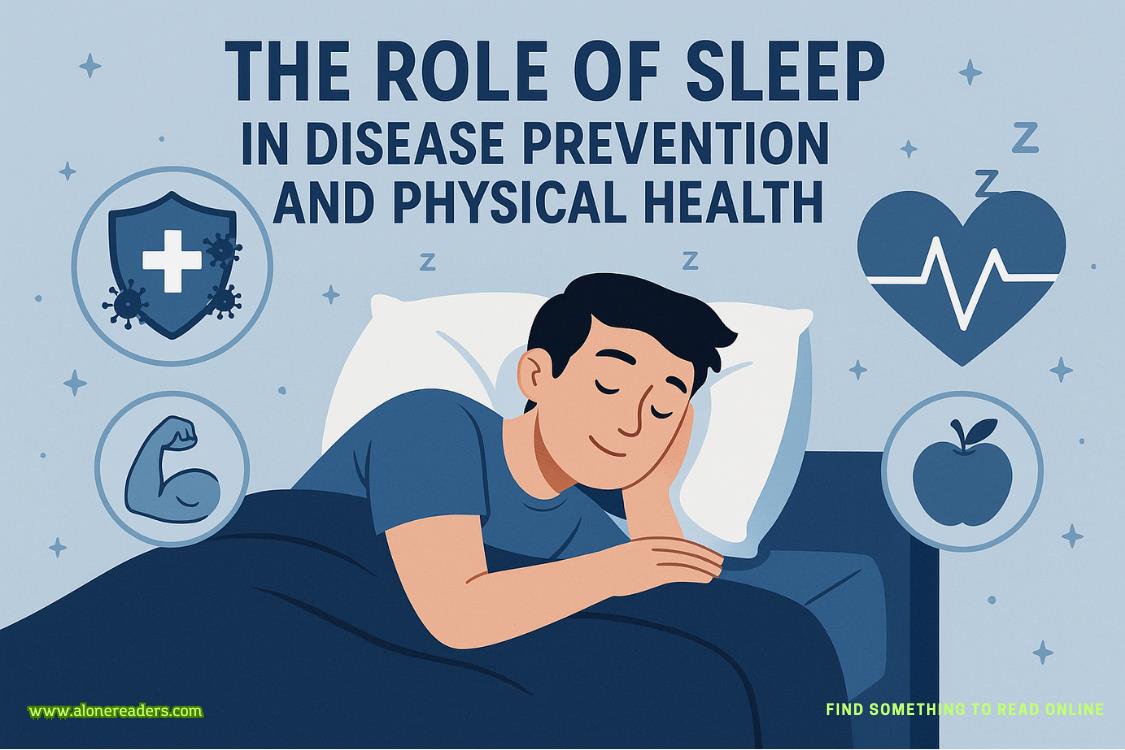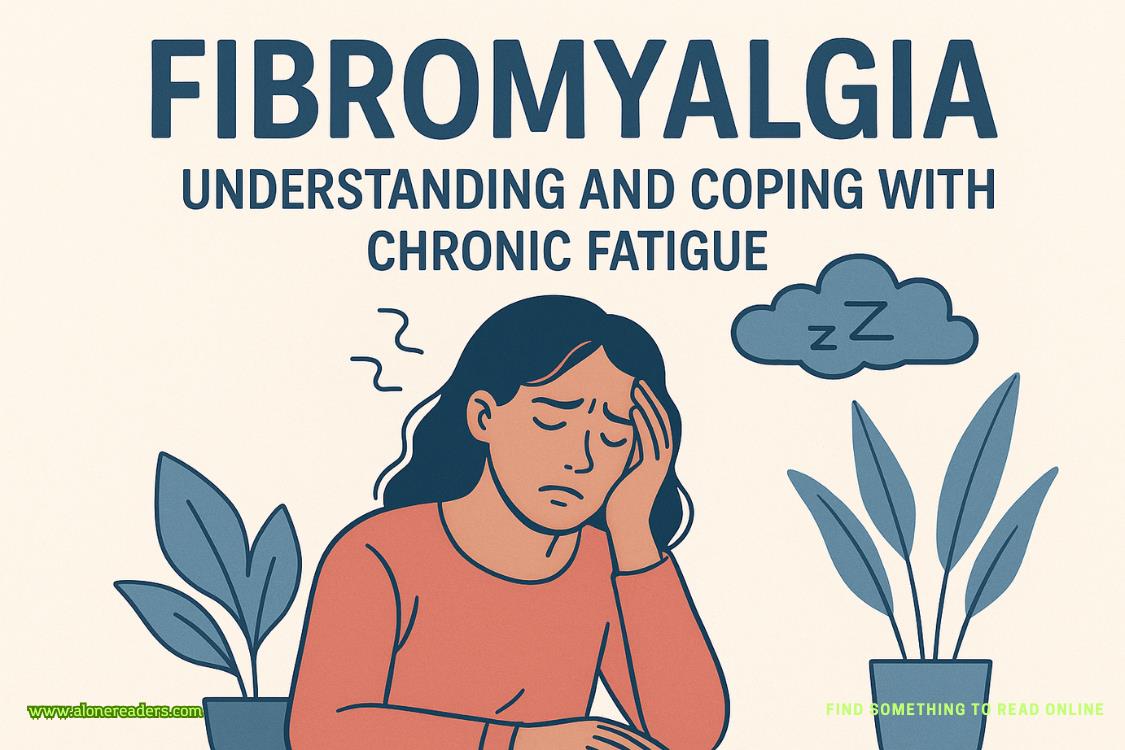Page 23 of The Cabinet of Dr. Leng
The student cleared his throat and then asked the raging man a series of questions, all of which elicited more incoherent screaming.
“Thank you, Norcross,” the surgeon said, as the student stepped back again. “What is your diagnosis?”
Norcross grew nervous. “Ah…unrelievedly delusional, fulminating psychosis…total mental alienation from the norms of society.”
The surgeon smiled slightly, recognizing the textbook passage. “Of society—or indeed of civilization. Your recitation reeks slightly of the lamp, Norcross, but well put nevertheless. Treatment?”
“I would deem the patient incurable.”
“Incurable or not, do any surgical procedures recommend themselves to you?”
The student exhaled with private relief. “Leucotomy?” he said with the slightest of hesitations.
“Excellent. Prefrontal leucotomy—and the sooner we relieve this creature of his suffering, the better. Please speak to Dr. Cawley about scheduling.”
This was Bellevue’s chief of psychiatry, in charge of the mental asylum. “Of course. Shall I suggest a time to him?”
The surgeon pulled out a pocket watch. “Tomorrow morning should be suitable. I’m lunching at one, so tell Dr. Cawley to have the operating room ready and the patient prepped at half past eleven.”
“Yes, Doctor.” Norcross hesitated. “May I ask—will this be a burr-pattern procedure?”
“No, Norcross, I don’t believe we’ll need to go to such trouble in this case. A single trephine hole through the skull with a crown saw, followed by excising and debriding using…” He thought a moment. “A nine-inch spoon curette.” Noting the student’s interest, his eyebrows shot up. “Would you care to view the procedure?”
“Very much, sir!”
“Excellent.” The surgeon preferred working with advanced students rather than newly minted doctors—they were more malleable, more open to new ideas. “You’ll take care of the details with Dr. Cawley?”
“Immediately.”
“Thank you. In that case, I’ll take my leave. Until tomorrow, then.”
“Until tomorrow. And thank you again, Dr. Leng!”
The surgeon dismissed this with a polite wave and then—cape briefly encircling his slender form as he turned—walked back down the stone passageway at a somewhat brisker pace than he’d entered with.
16
May 23
Tuesday
LIEUTENANT COMMANDER VINCENT D’AGOSTAstepped out of the squad car on Central Park West and looked up at the pillared entrance to the New York Museum of Natural History. So many memories in this giant building, he mused: the good, the bad, and the ugly. Despite all the crazy things that had happened inside, he was still fond of the old pile.
The Crime Scene Unit van pulled up behind him and Johnny Caruso, head of CSU, got out with his team. They began unloading their equipment, preparing to haul it up the stairs and into the museum.
“I loved this place as a kid,” Caruso said, coming up alongside D’Agosta, a small duffel bag slung over his shoulder. “My babysitter used to take us here so she could fool around with her boyfriend behind a totem pole in the old Indian Hall, while my sister and I ran around loose.”
“When I was a kid,” D’Agosta said, “I got yelled at by a guard while trying to climb onto the elephants in the African Hall. I guess every New Yorker has memories of this place.”
Caruso chuckled. “Yeah. And weren’t you involved in that really bizarre case about a dozen years ago? The museum murders?”
D’Agosta shook his head, neither agreeing nor disagreeing. “It’s a calmer place these days.”
It was true: itdidfeel a lot calmer. But at least it was different from the numbingly similar, depressingly pointless parade of shootings, stabbings, and rape-homicides he’d investigated over the past few years, as crime had risen under the previous administration—thanks to which he was now feeling burnt out to the point of carbonization.
A couple of borough homicide squad cars pulled in behind the CSU van. Everybody, it seemed, wanted in on this case. D’Agosta looked around. The team was complete.
“Okay, people, let’s go,” he said.















